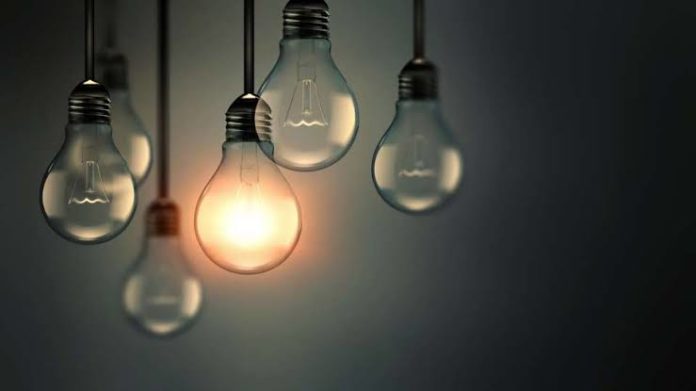
SOUTH Africa’s mining sector could add 1,600MW of mostly renewable, privately-funded power to the national grid following President Cyril Ramaphosa’s surprise increase in the country’s embedded generation threshold to 100MW.
The move enables companies to produce their own electricity to a level far beyond that envisaged by mines and energy minister, Gwede Mantashe, who said previously there was widespread support for his suggested 10MW threshold.
The Minerals Council had previously applied to amend Schedule 2 of the Electricity and Registration Act (ERA) by upping the threshold to 50MW from the 1MW to 10MW proposed.
“We are committed to working closely with the Department of Mineral Resources and Energy and Eskom to ensure … we can rapidly bring to fruition at least 1.6GW, largely renewable and private-sector funded, embedded generation projects,” said the Minerals Council. These projects had been scoped out by mining companies, it said.
Investment of about R27bn in short- to medium-term projects would be catalysed as a result which had the “… potential to raise South Africa’s overall growth rate,” the council said. But it also called for further de-bottlenecking of the power generation system.
By lifting the threshold to a level double that asked for by the mining sector, the government has released miners from the three-month long process of getting a licence through the National Energy Regulator of South Africa (Nersa). Yet other regulatory hurdles existed, including applications for grid-tie licencing through Eskom, the state-owned power company. The council also called for improvements in applications for environmental authorisations.
“This announcement is also a very positive step for Eskom,” said the council.
“An increase in embedded generation capacity will supplement the existing national energy supply and will give Eskom space for more and proper maintenance to enable the utility to rebuild a reliable fleet of power stations capable of secure energy delivery to South Africa in the medium and long term,” it said.
Roger Baxter, CEO of the Minerals Council said recently an application to Eskom for a grid-tie connection or point of source in order to be connected to the grid was a two-step process that took 210 days. An application had to be made to Nersa which could take another 90 days, he said.
“So we are sitting in a remarkable situation where, for example, Gold Fields has got the Nersa approval for their 40MW, but it doesn’t have the grid-tie solution on the Eskom side,” said Baxter.
Gold Fields announced in May it had been granted a licence to build a 40MW solar-powered plant at its South Deep mine west of Johannesburg. The plant would cost R660m to build, but the application has taken a year to process, so far.











